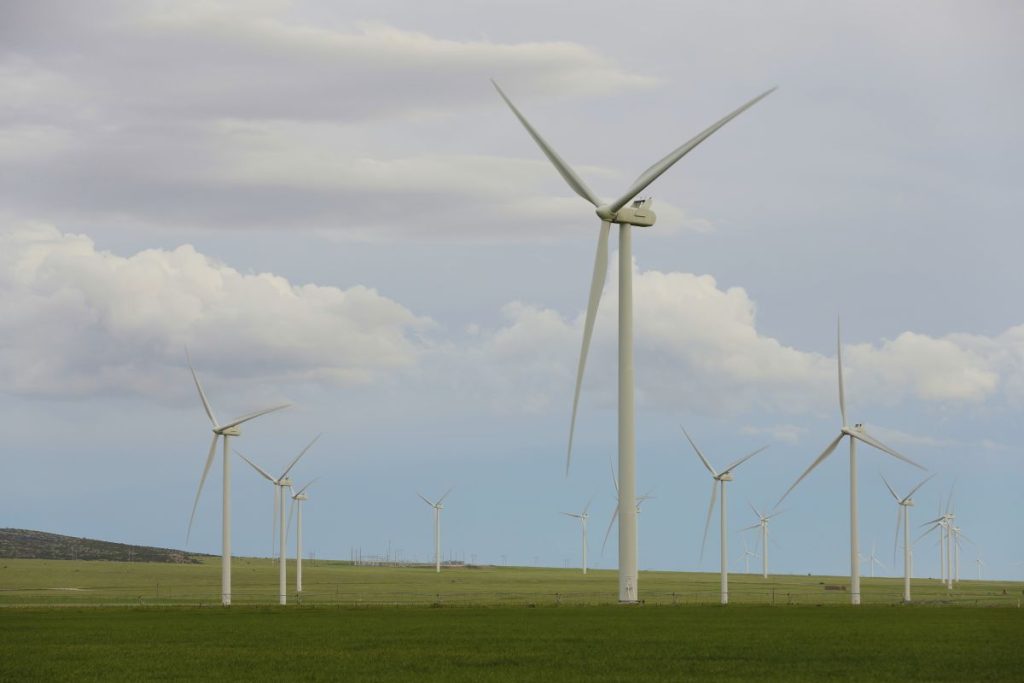Wyoming – the Least Eco-friendly State in the US?
Written by Andrew-Rossi on June 20, 2023
Wyoming built its economy on a plethora of fossil fuels and the strength of the industries that continue to extract the elements and provide the world with energy. But when it comes to green energy, Wyoming is at the bottom of its class.
The research team at ConsumerAffairs ranked all 50 states and the District of Columbia on their eco-friendliness as of 2021. The team aggregated the latest publicly available data – primarily from the U.S. government – to analyze each state’s greenhouse gas emissions, waste, recycling, composting, and energy generation from renewable and nuclear sources.
- Renewable energy generation as a percentage of total energy generation: Data for various renewable energy types was taken from the EPA’s Emissions & Generation Resource Integrated Database (eGRID). Data is from 2021.
- Emissions per capita: Data for carbon dioxide equivalent (CO2e) generated per person in each state was also based on eGRID data from 2021. The per capita figure is measured in tons of CO2e.
- CO2e emission rate: The CO2e emission rate is in pounds of CO2e per megawatt-hour (MWh) of electricity. It comes from eGRID data from 2021.
- Waste generated per capita: We referred to solid waste generation and disposal data published in 2014 by the Earth Engineering Center at Columbia University. In some cases where data was missing, numbers were taken from earlier years. The per capita numbers are in tons per person. Data and population numbers are from 2011.
- Percentage of waste recycled or composted: Recycling and composting rates are also from the Columbia University study. Data is from 2011.
Based on these merits, Wyoming comes dead last. At 51st place, it is the least eco-friendly state in the United States.
According to ConsumerAffairs – using data from several different sources – about 21.7% of Wyoming’s energy came from renewable sources. The state emits 1,847 pounds of CO2 for every megawatt of energy – second only to West Virginia – and has the highest carbon dioxide equivalent (CO2e) per capita at 68.55 tons.
For comparison, Vermont – the most eco-friendly state – generated 99.7% of its energy from renewable resources in 2021 (by far the most in the U.S.) and produced only 0.06 tons of carbon dioxide equivalent (CO2e) per capita in 2021 (the least in the U.S.) Vermont also recorded the second-lowest amount of waste per capita (0.86 tons.)
It appears there is no regional bias when it comes to eco-friendly states. South Dakota ranks fifth, preceded by Vermont, Washington, Oregon, and Maine.
Here are other key takeaways of the ConsumerAffairs study:
- Annual total renewables net generation: Texas leads the nation, generating 116,574,869 megawatt-hours (MWh) of net renewable energy in 2021, while Maine generated the highest percentage of energy from renewables (66.1%).
- Emissions per capita: Vermont has the lowest, at 0.06 tons of greenhouse gas emissions per person in 2021. Wyoming has the highest, at 68.55.
- Percentage of waste recycled: Maine recycles nearly 48% of all waste, more than any other state, and 95 times the percentage in Louisiana, the state that recycles the least (0.5%).
Wyoming’s results are somewhat skewed in many lists of this kind because of its low population – still the lowest in the United States according to the 2020 Census. Regardless, the numbers are noteworthy.
ConsumerAffairs had a particular purpose: to determine which states are doing the most to combat the climate crisis.
“Scientists, philosophers, and economists agree on the importance of reducing carbon emissions,” the site reads. “The urgency to transition to renewables is gaining momentum nationwide, and (some) states are taking significant steps toward this charge.”
The website argues that federal, state, and local incentives are helpful in creating more green infrastructure. But many decisions lie with each American, their energy use, and their votes.
“Lawmakers in almost every state recognize the need to shift from fossil fuels to renewable energy sources to reduce carbon emissions. Federal incentives supported by the Inflation Reduction Act have enabled them to embrace renewable technologies and reevaluate their energy infrastructure, but not all states share the same level of urgency.
Everyone can do their part — you could get solar panels or an energy-efficient mortgage and follow our tips on saving energy at home — but our future also depends in large part on our lawmakers and corporations.”

